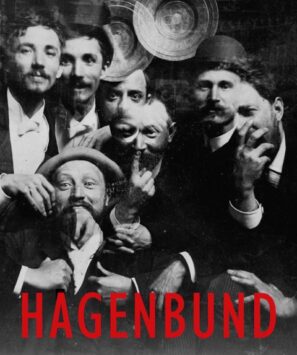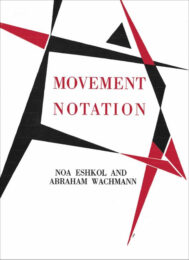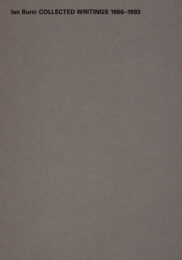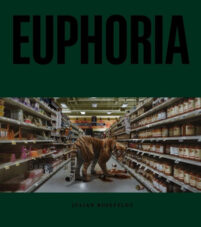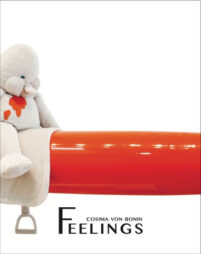The artists’ association Hagenbund was founded in 1900 in response to the conservatism of the Künstlerhaus. Latest by the 1920s, it had established itself as “today’s most radical group” (Robert Musil, 1922) within Viennese artists’ associations.
The 1920s, especially, are considered the Hagenbund’s heyday, when its members crossed the threshold from moderate to radical Modernism. Though the Hagenbund’s exponents pursued diverse styles and were not bound by a manifesto, their emphasis on New Objectivity and on post-Expressionist tendencies with Cubist influences represents a shared characteristic.
Throughout the almost four decades of its existence, the Hagenbund experienced a highly changeful history shaped by the transition from a monarchy to the proclamation of the First Austrian Republic, and from the Austrofascist corporate state to the seizure of power by the National Socialists. The latter prompted the association’s dissolution in September 1938 on account of the modern and liberal approach of its representatives, the great number of artists with Jewish roots as well as its portion of left-wing members.
Published on occasion of the exhibition, ‘Hagenbund: From moderate to radical modernism‘, 16 Sep 2022–06 Feb 2023, Leopold Museum, Vienna.
English and German text.


